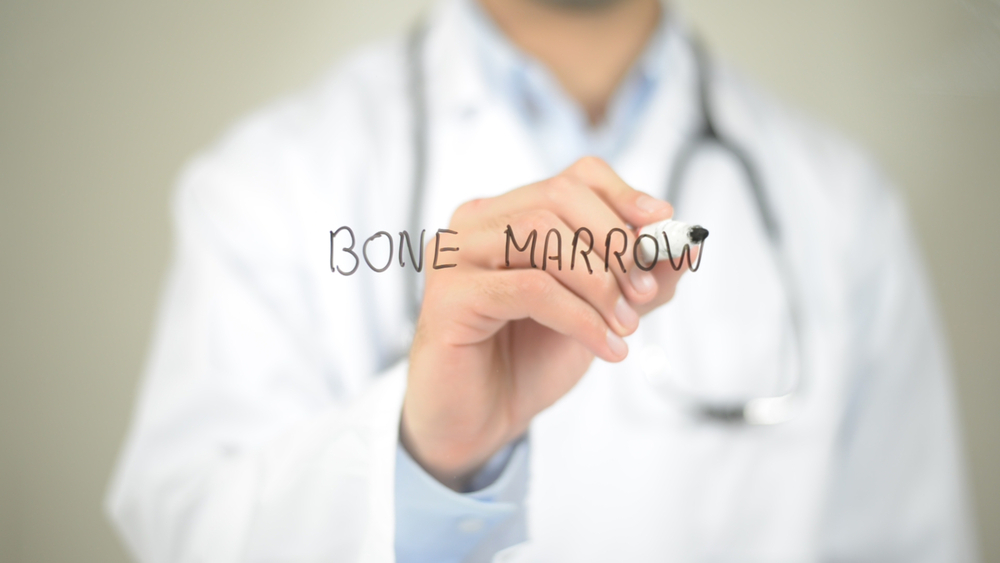Bone marrow transplantation is a surgical procedure done to replace damaged or destroyed
bone marrow. The bone marrow can be destroyed due to a variety of reasons including
disease, infection, or chemotherapy. Bone marrow transplantation involves replacing the stem
cells in the bone marrow that produces new blood cells and boosts the growth of the bone
marrow.
Bone marrow is the soft and spongy center portion of hollow and large bones. The
affected stem cells of the bone marrow can be replaced by healthy stem cells from the ideal
donor to help manage the condition. Finding the perfect match in the case of a stem cell or
bone marrow transplant in Turkey is not as simple. There are a number of tests and medical
examinations that donor candidate as well as recipient undergo to have a safe and effective
treatment.
This article briefs the steps involved in finding the ideal donor and the importance of finding
the perfect match.
Why is a bone marrow transplant necessary?
The bone marrow, present in the centers of hollow bone, houses hematopoietic stem cells.
The hematopoietic stem cells are the immature progenitor cells that can develop into all kinds
of blood cells, including:
● The red blood cells act as an oxygen carrier for the whole body
● The white blood cells fight against infections and produce immune responses
● Platelets that contains blood clotting
The diseased bone marrow significantly affects the body’s immune system. Lack of immune
cells makes the body prone to repeated infection and decline of health. A bone marrow
transplant is necessary in such cases to protect the body and health of a person. Replacing the
damaged bone marrow cells with healthy cells aims to aid the body to make sufficient
amount of WBCs, platelets, and RBCs which in turns help avoid infection, excessive
bleeding, and anemia.
The healthy stem cells are taken either from a donor or from the own body depending on the
type of bone marrow transplantation.
When does a person need bone transplantation?
People with different kinds of cancerous and non-cancerous disease such as the following
benefit from a bone marrow transplant:
● Acute leukemia
● Adrenoleukodystrophy
● Aplastic anemia
● Bone marrow failure syndromes
● Chronic leukemia
● Hemoglobinopathies
● Hodgkin’s lymphoma
● Immune deficiencies
● Inborn errors of metabolism
● Multiple myeloma
● Myelodysplastic syndromes
● Neuroblastoma
● Non-Hodgkin’s lymphoma
● Plasma cell disorders
● POEMS syndrome
● Primary amyloidosis
The criteria and requirements for transplantation
Bone marrow transplant is a complex and rigorous surgical procedure that is not
recommended for everyone. A healthcare team would analyze and evaluate the patient
through a series of medical tests, physical examination, and psychosocial evaluations to
determine whether the patient is the right candidate for the surgery. Once the surgery is
confirmed and the type of procedure is selected, the surgeon selects a donor.
Eligibility criteria for a donor
A person can be a healthy donor if they meet the following eligibility criteria
● Age: a healthy individual should be between the ages of 18 to 60 to qualify as an ideal
bone marrow transplant donor.
● Weight: to register as a bone marrow transplant donor, the maximum BMI limit is 40
kg/m2. If a person a below 50 kg, they are not an ideal candidate to donate their stem
cells.
● Health conditions: a person who has the following conditions is not eligible to
become a donor
✔ Central nervous system conditions
✔ Any mental illness
✔ Autoimmune disease
✔ Chronic conditions, such as diabetes or rheumatism
✔ Chronic heart diseases
✔ Chronic lung diseases
✔ Infectious diseases, such as HIV, hepatitis B or hepatitis C, and syphilis
✔ Blood disorders
● Pregnant women who satisfy the above-mentioned criteria can register as a donor, but
they can’t donate bone marrow cells until fully recovered.
Types of donors for bone marrow transplantation
Bone marrow transplantation is of two types: autologous and allogeneic
In autologous transplantation, stem cells are collected from the patient’s own body while in
an allogeneic transplant, the stem cells are taken from a suitable donor. An ideal donor can be
a family or friend of the patient, or it can be a stranger who satisfy the criteria and match the
compatibility factors.
The allogeneic donor is of various types
● Optimal donors: a person with identical HLA tissue typing, mostly a sibling and in
rare cases a parent or grandparent
● Partially matched donors: the donor, in this case, shows a 50 percent HLA match
with the patient such as a biological parent.
● Alternative donor: completely unrelated donor is called an alternate donor. The
alternative donor has matching HLA tissue typing and is interested to donate stem
cells.
Selecting the right donor
The healthcare team will choose a healthy donor who matches with the patient on a basic
level. The basic level comprises physical examination, blood tests, and medical history.
Special blood analytical studies of the patients and donors are conducted to establish the
match.
Human Leukocyte Antigen (HLA) Test
Human leukocyte antigen testing is also known as tissue typing or histocompatibility typing.
The tissue typing test analyses the HLA protein in the WBC and other cells that function as a
genetic marker to identify the body’s cells. The donor stem cells must contain similar
markers compared to the patient to qualify as a donor.
The high-resolution DNA typing
The high-resolution DNA typing matches how much the donor and recipient cells recognize
each other as the same or different. The difference in the value denotes the chances of stem
cell rejection or trigger graft vs. host disease.
If the stem cells of the donor meet the standards of the testing they qualify as a donor, the
surgeon will start the donation procedure.
Bottom line
Bone marrow transplant donors are selected with utmost care for the enhanced success of the
surge


